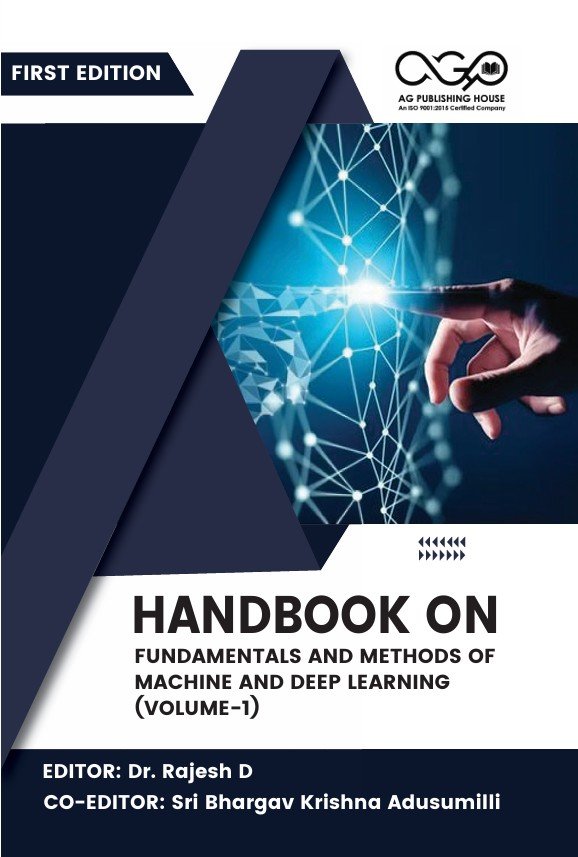Adversarial Attacks and Defenses in Deep Learning Systems
Keywords:
Adversarial attacks and defenses, Machine learning, Deep neural network, Artificial intelligence, AlgorithmsAbstract
The rapidly expanding Internet applications of deep learning and related situations have led to a major increase in interest in adversarial attacks and defences in machine learning and deep neural networks. In this discipline, more and more researchers are employed. Give a thorough analysis of the ideas and approaches that make it possible for scholars to study adversarial attacks and defences. Furthermore, since there are no established assessment techniques, it is difficult to assess the true danger posed by adversarial assaults or the resilience of a deep learning model. Moreover, make an effort to provide the first analytical framework for a methodical comprehension of adversarial assaults. The framework is designed with cybersecurity in mind, including a lifecycle for hostile assaults and countermeasures. It was noted that no defence method now in use defeats hostile samples with both efficiency and efficacy.
References
[1] M. Ozdag, "Adversarial Attacks and Defenses Against Deep Neural Networks : A Survey," Procedia Comput. Sci., vol. 140, pp. 152-161, 2018,
https://doi.org/10.1016/j.procs.2018.10.315
[2] Y. Li and Y. Wang, "Defense Against Adversarial Attacks in Deep Learning," 2019,
https://doi.org/10.3390/app9010076
[3] D. V Sarala and D. T. Gangappa, "Adversarial Attacks and Defense Strategy in Deep Learning," vol. 24, no. 1, pp. 127-132, 2024.
[4] K. S. Begum et al., "Adversarial Attacks and Defenses in Deep Learning Models," vol. 12, pp. 857-865, 2024.
[5] C. Vizcarra et al., "Deep learning adversarial attacks and defenses on license plate recognition system," Cluster Comput., vol. 27, no. 8, pp. 11627-11644, 2024,
https://doi.org/10.1007/s10586-024-04513-4
[6] Y. Wang et al., "Adversarial Attacks and Defenses in Machine Learning-Powered Networks : A Contemporary Survey," pp. 1-46, 2023. Dr. Endluri Venkata Naga Jyothi
[7] J. Ma, J. Zhang, G. Shen, A. Marshall, and C. Chang, "White-Box Adversarial Attacks on Deep Learning-Based Radio Frequency Fingerprint Identification," 2023.
https://doi.org/10.1109/ICC45041.2023.10278927
[8] S. Zhou, C. H. I. Liu, D. Ye, and T. Zhu, "Adversarial Attacks and Defenses in Deep Learning : From a Perspective of Cybersecurity," vol. 55, no. 8, 2022,
https://doi.org/10.1145/3547330
[9] L. Domingo and F. Borondo, "Deep learning methods for the computation of vibrational wavefunctions," 2021.
https://doi.org/10.1016/j.cnsns.2021.105989
[10] K. Ren, T. Zheng, Z. Qin, and X. Liu, "Adversarial Attacks and Defenses in Deep Learning," Engineering, vol. 6, no. 3, pp. 346-360, 2020,
https://doi.org/10.1016/j.eng.2019.12.012
[11] C. Zhang, X. Costa-p, S. Member, P. Patras, and S. Member, "Adversarial Attacks Against Deep Learning-based Network Intrusion Detection Systems and Defense Mechanisms," 2020.




